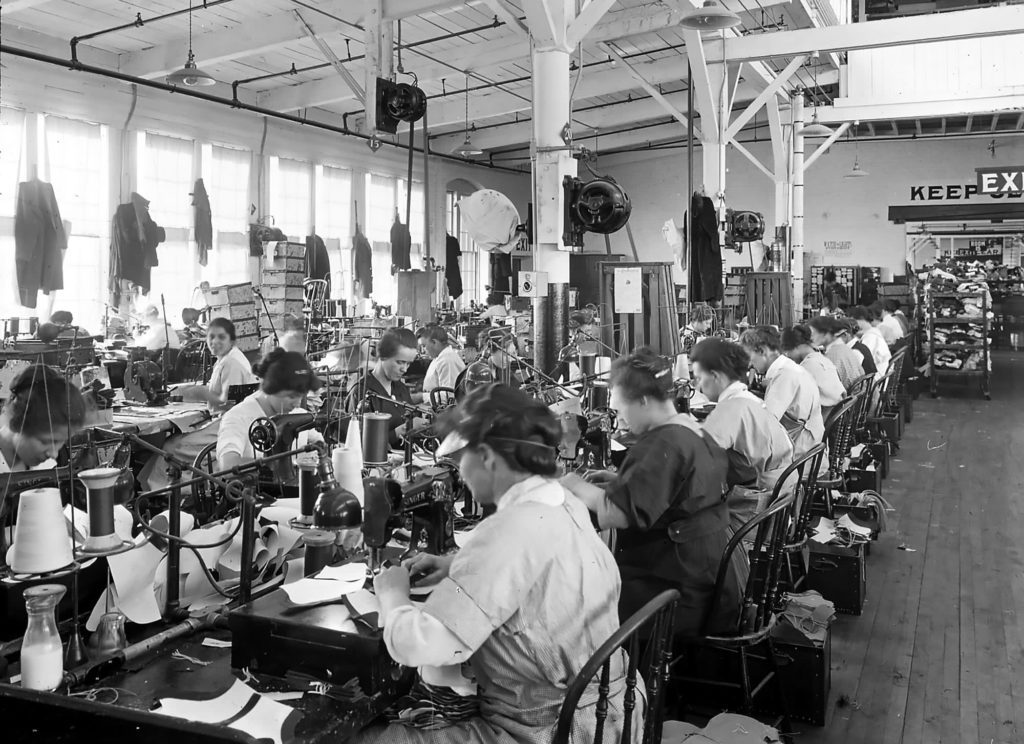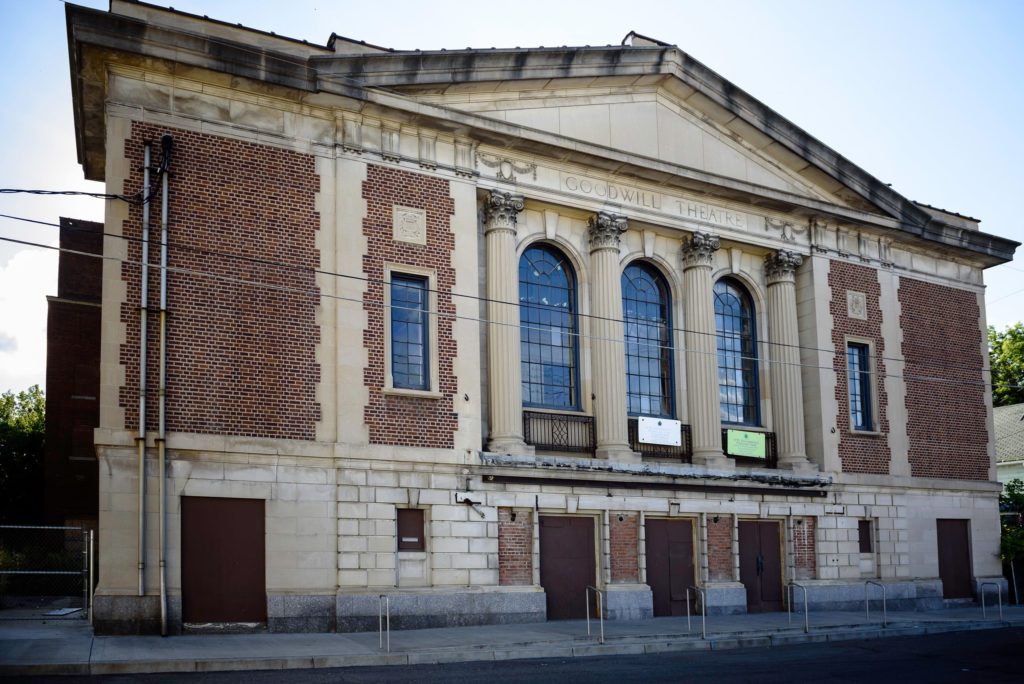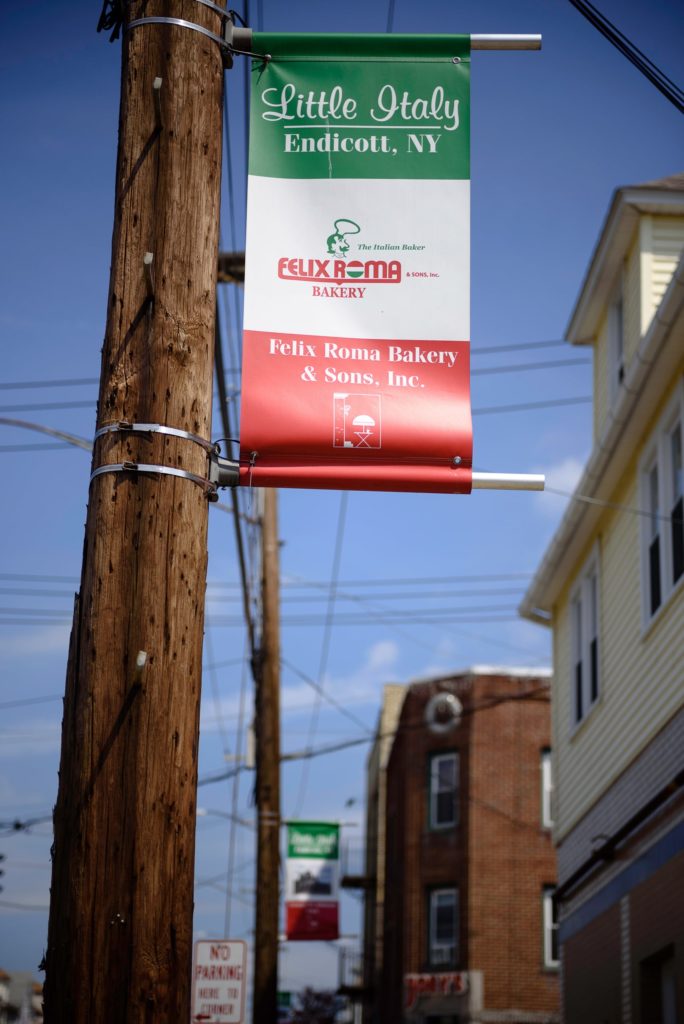“Which way E-J?” was the question asked by thousands of immigrants who made their way to the Binghamton area – the Valley of Opportunity – in the early part of the 20th century. They were looking for the opportunity afforded by Endicott-Johnson Shoe Co., which employed about 20,000 and produced 52 million pairs of shoes at its peak.
But, the legacy this company left was more than economic. E-J’s diverse workforce made a huge cultural impact on the area as did the philanthropy of George F. Johnson.

His idea was to build a factory and essentially build an entire town around that. So, he built parks, donated land for churches, offered free health care, even constructed homes that he sold at cost to employees. He called the concept the Square Deal, which is now immortalized on arches in Endicott and Johnson City. Johnson supported the arts with projects like the Goodwill Theatre – now a nonprofit dedicated to performance – and encouraged recreation with the installation of free carousels throughout the area that are still in use today.

“His thinking was if the company gave its workers a good deal, in return, they would give a good day’s work to the company,” Endicott History and Heritage Center Vice President R. Ted Warner said.
The philosophy worked. “When immigrants got here and saw all that George F. provided, they would tell neighbors and friends in their countries,” Warner said.
The forward thinking of Johnson attracted workers from across Europe, who in turn brought many traditions with them that remain intact today. It built neighborhoods like restaurant-heavy Little Italy in Endicott and brought other international fare to the area.
While easily the largest and most influential, E-J – which supplied virtually the entire U.S. Army with footwear during World Wars I and II – wasn’t the only shoe producer in these industrial towns known as the Triple Cities. Gotham Shoe, Dunn McCarthy, and Stone, Goff and Co. were a few of the others drawn to Binghamton on the heels of E-J.
E-J predecessor Lester Brothers Boot and Shoe Co. started the industrial footwear trend in the mid-1800s. It eventually fell on hard times around the turn of the century when Henry B. Endicott purchased it and Johnson, then a factory foreman at Lester Brothers, became his partner. The village of Lestershire would become Johnson City in 1916.
There were other industries in Endicott – IBM the most famous of them – but, for certain, shoe manufacturing put the Triple Cities on the map for some time. While the businesses are gone and the factories have disappeared, the legacies of these major employers live on in the culture they brought to Binghamton.
